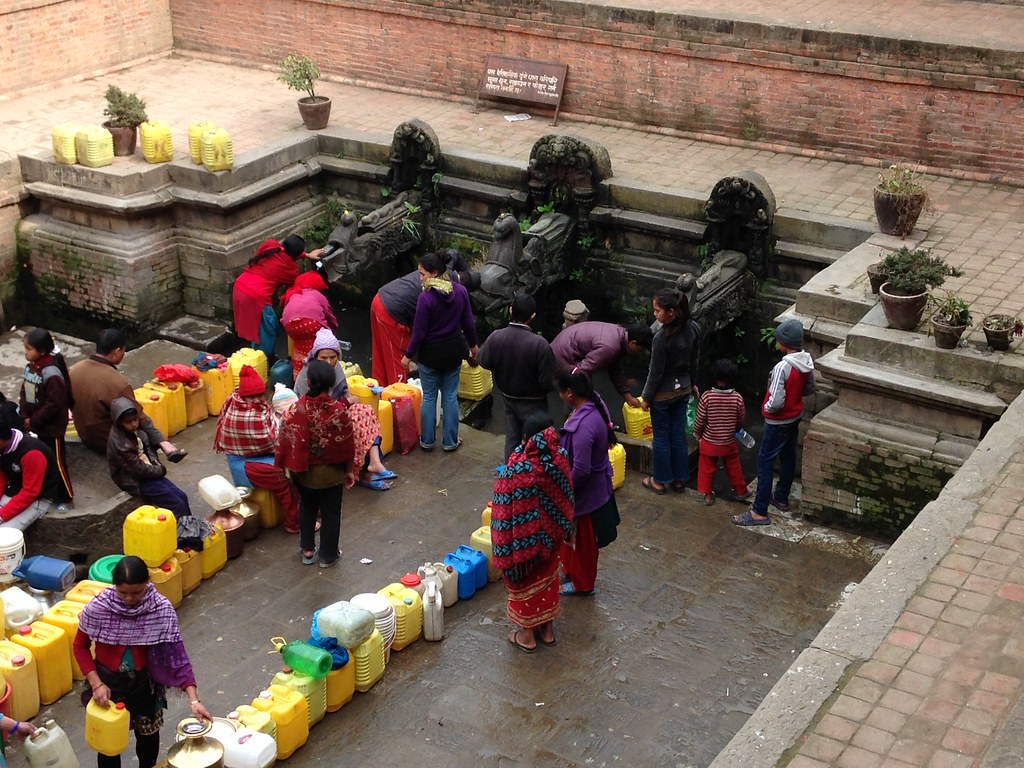

The drastically changing availability of water in Nepal is leading to a water crisis in the country. The four months of the South Asian monsoon provide excessive water to the country whereas the remaining eight months of the year remain completely dry, leading to natural disasters and acute water shortage. The situation is deteriorating every year.
As per the recent joint monitoring conducted by the World Health Organization (WHO) and UNICEF in the year 2020, only 18 percent of the Nepalese population have access to safely managed drinking water supply all year around.